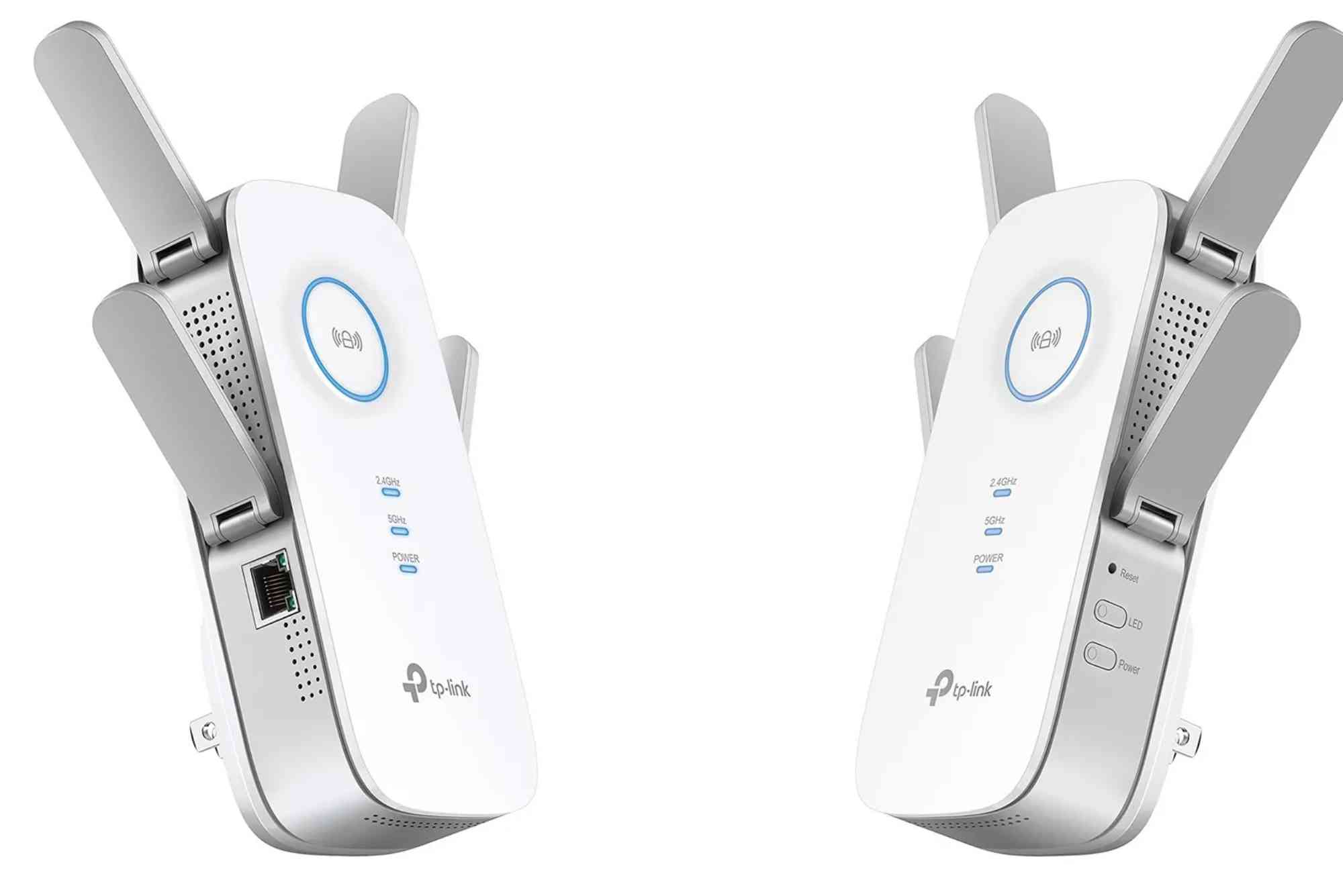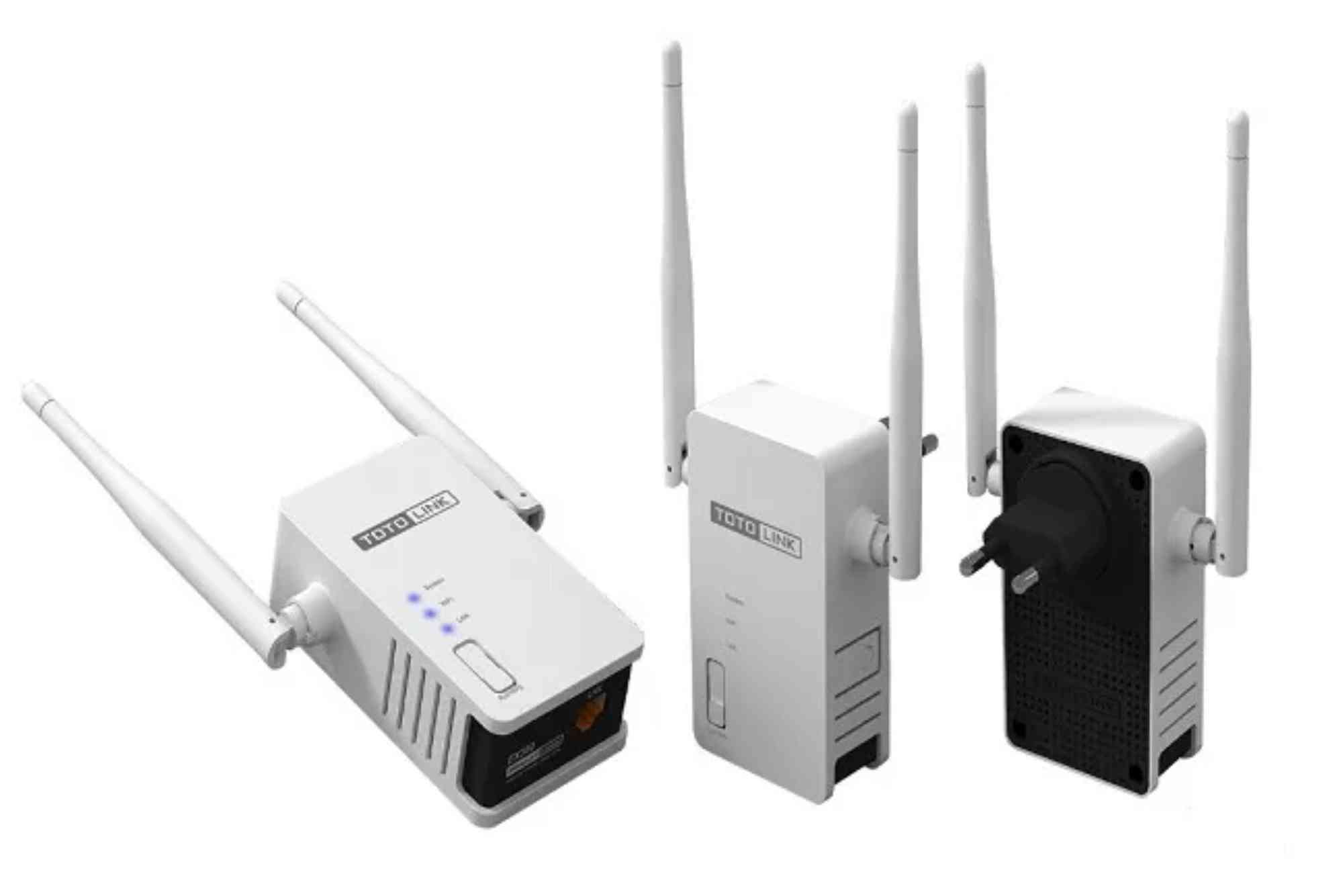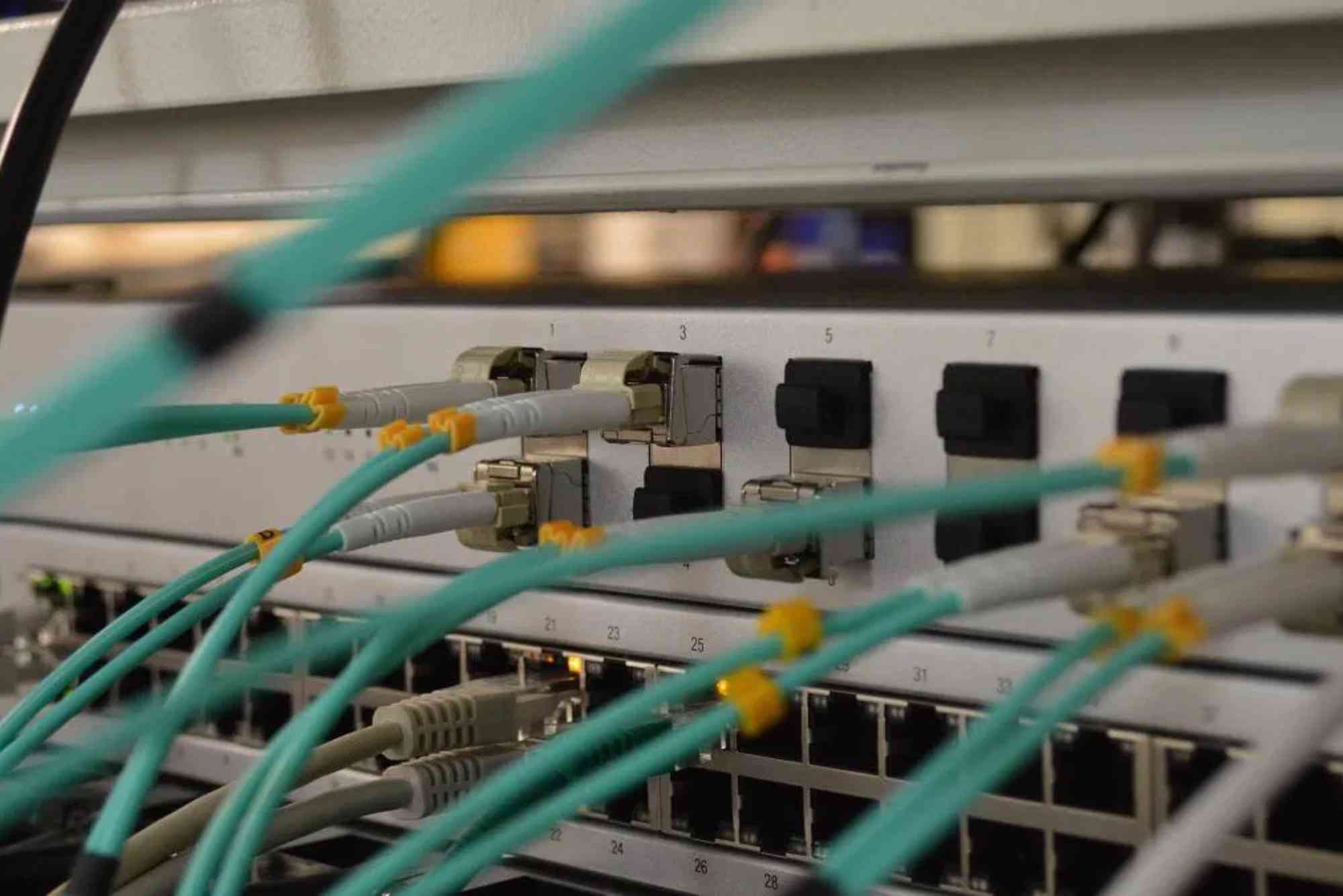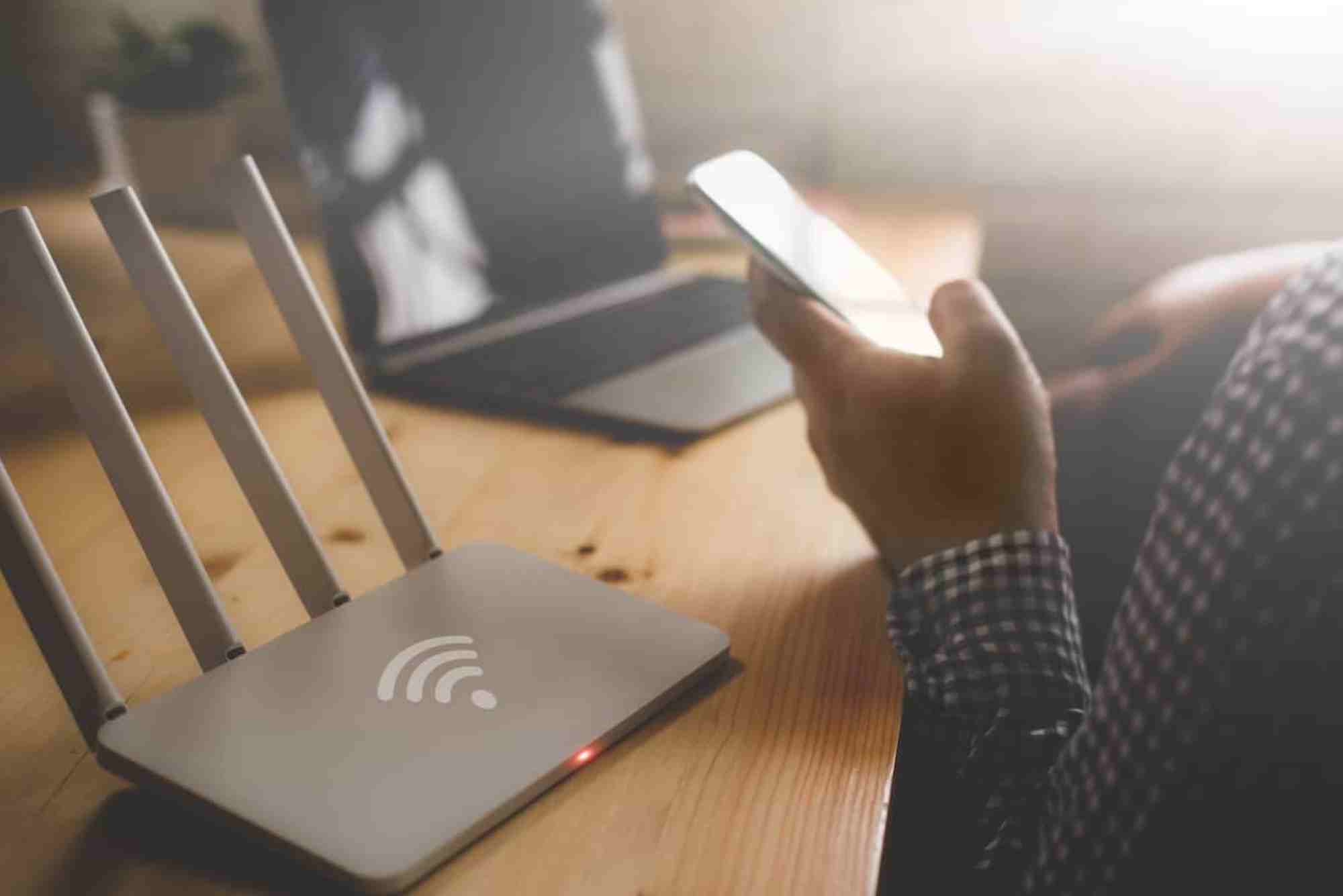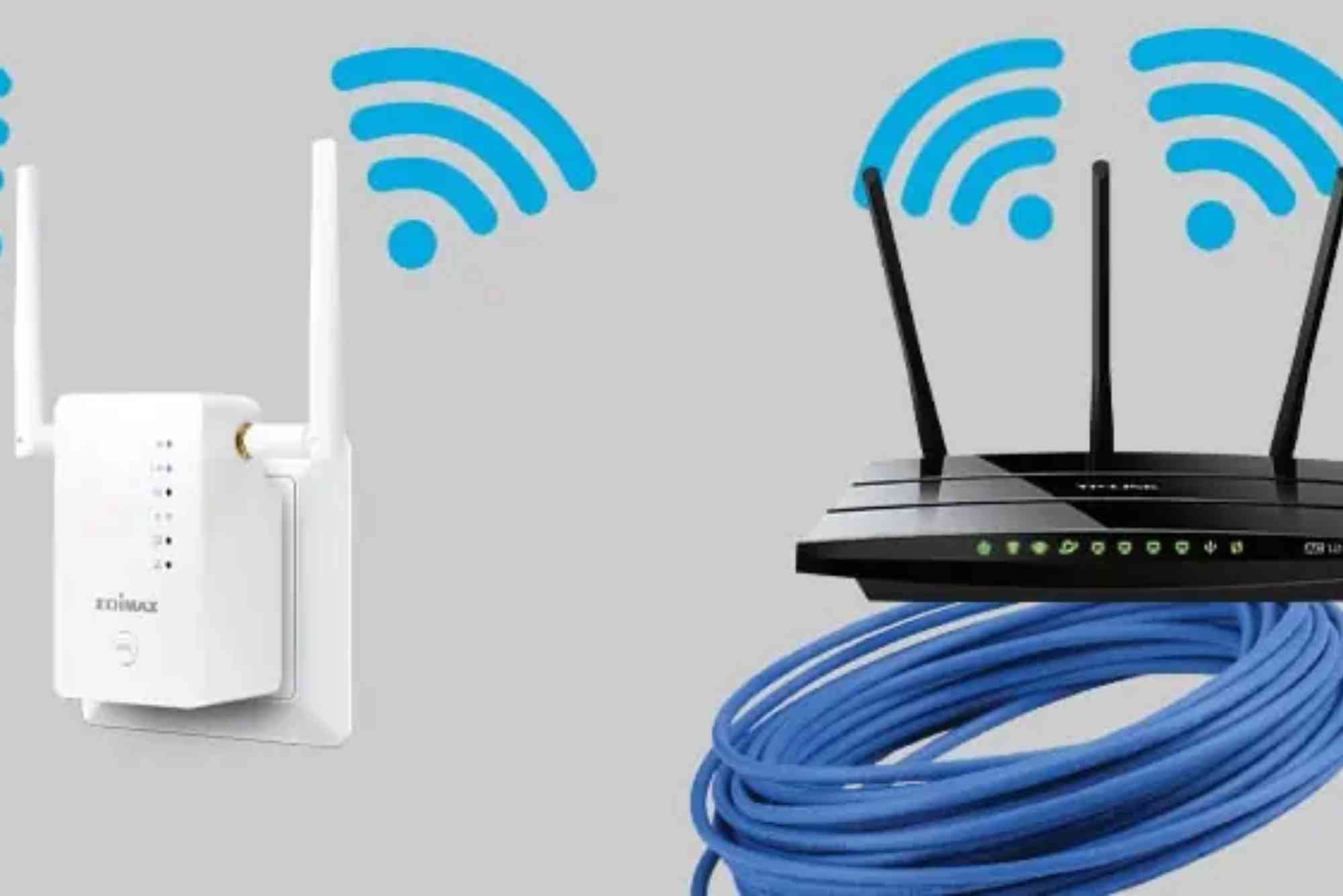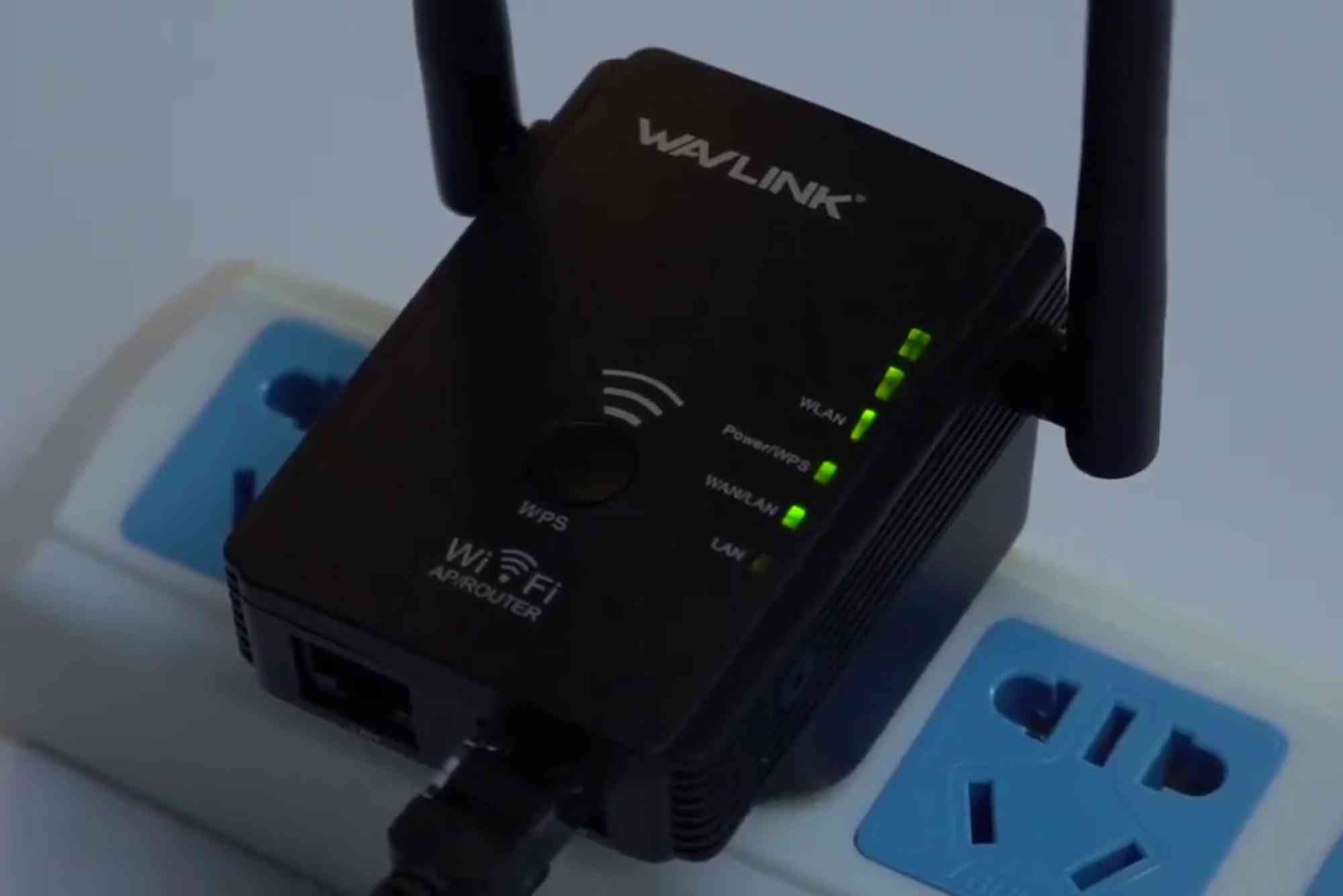How to Fix ISP DNS Server Issues Affecting Your Internet
Experiencing slow internet or website errors can be frustrating. Often, these problems stem from ISP DNS server issues. DNS, or Domain Name System, translates web addresses into IP addresses. If your ISP’s DNS server fails, browsing becomes slow or impossible. In this guide, we’ll explain how to diagnose and fix these issues efficiently.
Understanding ISP DNS Server Issues
Before diving into fixes, it’s important to understand what ISP DNS server issues are and why they happen.
What Are DNS Servers?
DNS servers act like the phonebook of the internet. They convert domain names like example.com into IP addresses that computers understand.
Common Causes of ISP DNS Problems
- Overloaded ISP DNS servers
- Incorrect DNS configuration
- Network outages
- Malware or security software interference
Recognizing these causes helps you choose the right solution and avoid unnecessary troubleshooting steps.
How to Diagnose ISP DNS Server Issues
Diagnosing the problem accurately is the first step to fixing it.
Check Your Internet Connection
Sometimes, what appears to be a DNS problem is simply a connection issue. Test your Wi-Fi or Ethernet connection and ensure your modem or router is online.
Use the Command Prompt
On Windows, open Command Prompt and run:
ping 8.8.8.8
If you receive replies, your connection is working, but DNS may be the issue.
Test with a Web Browser
Try visiting a site using its IP address instead of the URL. If it loads, DNS is likely the culprit.
Quick Fixes for ISP DNS Server Issues
Once diagnosed, several solutions can restore your browsing quickly.
Restart Your Modem and Router
Power cycling your devices often resolves temporary DNS glitches. Turn off your modem and router for 30 seconds, then turn them back on.
Flush DNS Cache
Clearing your local DNS cache removes outdated or corrupted records:
- Windows: Open Command Prompt, type
ipconfig /flushdns, and press Enter. - Mac: Open Terminal, type
sudo killall -HUP mDNSResponder, and press Enter.
Change DNS Servers
Switching from your ISP’s DNS to public DNS servers like Google or Cloudflare often solves issues:
- Google DNS: 8.8.8.8 and 8.8.4.4
- Cloudflare DNS: 1.1.1.1 and 1.0.0.1
Change DNS on Windows
- Go to Control Panel → Network and Internet → Network and Sharing Center
- Click your connection → Properties → Internet Protocol Version 4 (TCP/IPv4) → Properties
- Select “Use the following DNS server addresses” and enter new addresses
Change DNS on Mac
- System Preferences → Network → Advanced → DNS
- Click + to add new DNS addresses
- Click Apply
Disable VPN or Security Software Temporarily
VPNs or security apps may interfere with DNS requests. Disable them and test your connection.
Contact Your ISP
If none of the above works, your ISP might be facing server outages. Contacting support ensures you get accurate updates.
Advanced Fixes for Persistent Issues
For recurring ISP DNS server issues, try advanced solutions.
Configure DNS on Your Router
Setting custom DNS servers directly on your router ensures all connected devices bypass ISP DNS problems.
Use a DNS Resolver App
Apps like DNS Jumper or Simple DNSCrypt can automatically find the fastest DNS server for your location.
Check for Malware
Malware can hijack DNS settings. Run a full system scan with a reputable antivirus.
Update Network Drivers
Outdated drivers can cause DNS errors. Update drivers via Device Manager or your manufacturer’s website.
How to Prevent Future ISP DNS Server Issues
Prevention is better than troubleshooting. Follow these tips:
- Use reliable DNS servers like Google or Cloudflare
- Keep your router firmware updated
- Regularly scan your system for malware
- Avoid unnecessary VPN or proxy configurations
When to Seek Professional Help
Sometimes, DIY fixes are not enough. If your internet remains unstable, consider contacting professionals like Dhanote Internet Services. They can provide expert network diagnosis and long-term solutions.
FAQs
Q1: Why does my internet say DNS server not responding?
This usually indicates your ISP’s DNS server is down or your device is misconfigured. Changing DNS often resolves it.
Q2: Can changing DNS speed up my internet?
Yes. Using faster, more reliable DNS servers can reduce website loading times.
Q3: Is it safe to use public DNS servers?
Yes, servers like Google (8.8.8.8) and Cloudflare (1.1.1.1) are secure and widely trusted.
Q4: How do I know if the problem is DNS or my ISP?
Ping a website using its IP. If it works, your DNS is the issue. If it doesn’t, it may be your ISP or connection.
Q5: Will restarting my router fix DNS problems?
Often, yes. Restarting refreshes your network settings and reconnects your device to the ISP’s DNS server.
ISP DNS server issues can slow your internet and cause browsing errors. Diagnosing the problem, flushing your cache, changing DNS servers, or contacting professional services can restore connectivity quickly. By following these steps, you can maintain fast, reliable internet and avoid repeated disruptions.

